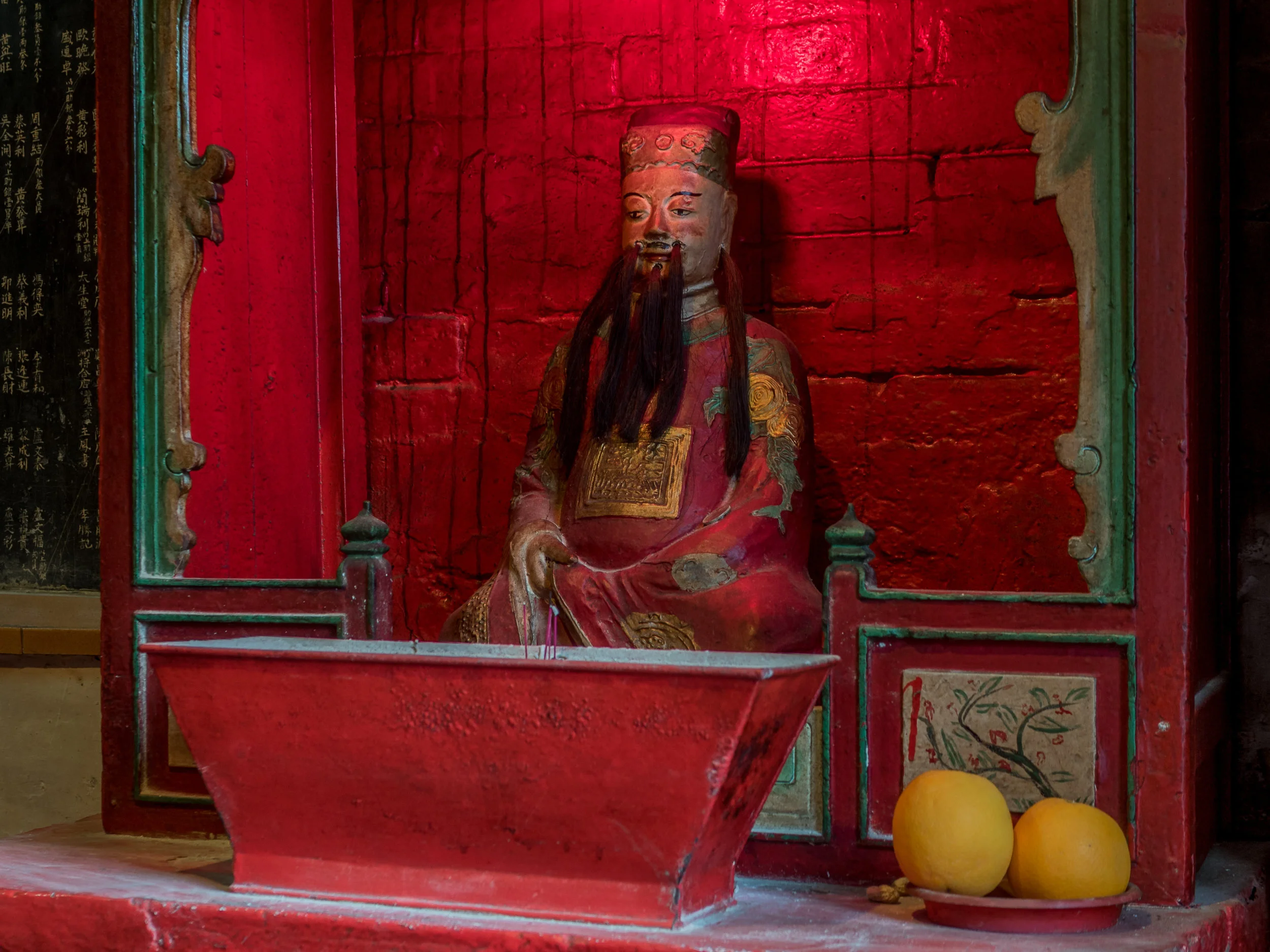Essential skills
Each of the three yogic traditions shines its torch of wisdom from a particular vantage on the spiritual path. So, it only stands to reason that one should make especial use of these particular strengths when crafting an integrated practice. The following practices form the foundation for Neidan yoga. Without them, one simply cannot progress to higher levels of awareness:
Mindfulness — right-brain (spatial, "timeless") meditation which develops a basic awareness of "the now" (actual experience).
Weigong — qigong (control of biological energies) especially focused upon flows of electricity on and just outside of the body surface; skill here leads to improved health and mental focus and lays the groundwork for the first level of mind and body integration.
Mantra — prayer using repetition of a short phrase; this exceptional devotional practice leads to development of left-brain (sequential) concentration and opening of the heart; over time, this technique provides the basis for deep personal and transpersonal transformation (akin to depth psychotherapy and shamanic journey work).
CORE EXERCISE
1) Sit in a comfortable meditation posture with back straight and body aligned. Make sure to incorporate basic qigong alignments such as armpits open; crown of head, perineum and soles of feet energetically synchronized; head lifting gently and pelvis/tailbone dropping (which causes a gentle traction along the spine to help open each vertebral joint).
2) Say a short mantra (usually 6 - 11 syllables) using a mala (prayer beads or rosary) to keep track. Your goal is to complete an entire mala (108 repetitions).
3) WHILE you say the mantra ALSO run qi along the Stomach [ST] and Spleen [SP] meridians. These two meridians are connected: the ST qi flows into the SP channel. Each time you say the mantra, simultaneously send qi coursing along both these channels. Do one side of the body for a while (for example, just the ST and SP on the left side of the body) and then the other side. Every once in a while do both sides, at the same time, to help integrate the effect. Later, a more advanced practice runs ST qi from one side of the body to the SP channel on the opposite side. Practice both combinations.
4) You also need to monitor your awareness during the entire process. When the brain starts to lose focus or you notice your overall energy derailing (you get fidgety or drowsy) you should STOP the mantra and qi work for a short while. Mark the current location on the mala (you can use the tassel if it has one). Sit in mindfulness for several minutes (7 min is ideal; it should, at least, be 3 min), then take up the mantra and qi work again.
This step is energy medicine: when your awareness flags or falters it’s simply because the blood flow and electrical rhythms have had it for a while and need a break or some stimulation. The mindfulness practice increases circulation and electrical activity for the right brain. Since the mantra and qi work mostly uses left brain processes, this short lacuna will noticeably revitalize your whole system: you will feel better, think more clearly and actually enjoy returning to the mantra practice since it, in turn, complements the mindfulness. In effect you are shunting blood between sides of the brain and giving your head a nice scrub-a-dub-dub (washing) … like a pleasant and gentle summer rain. Try it. It works … amazingly well, too.
